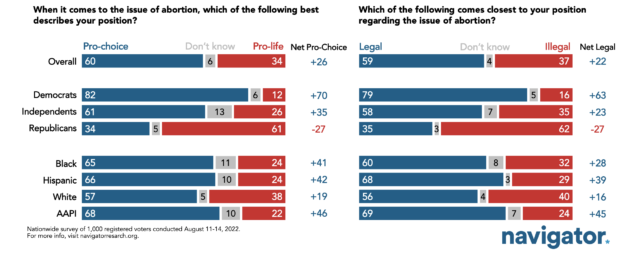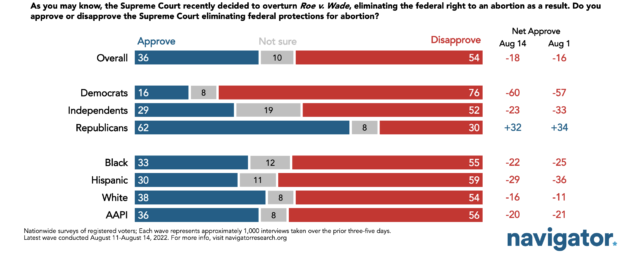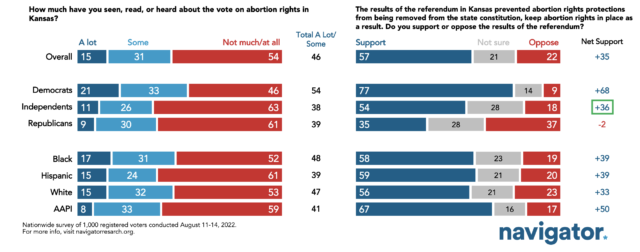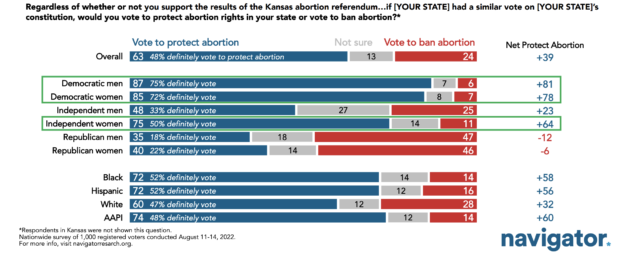
American University and its staffers have reached a settlement agreement to increase pay and benefits of the provost's office, the union said.
JONATHAN FRANKLINF
August 27, 2022
Staffers at American University in Washington, D.C., have reached a settlement agreement after they went on strike this week over complaints of unfair working conditions and low wages, the union and the university said on Friday.
The deal increases pay and benefits for staff members of the university's provost office, according to the Service Employees International Union (SEIU) Local 500.
Currently, there are 550 staff members at the university — ranging from administrative staff, counselors, advisors, technicians and coordinators — who are represented by SEIU 500. More than 91% of American University's staff voted in favor of the week-long strike, according to the union.
An SEIU spokesperson says the agreement provides full-time workers with raises between 7.5% and 13.5% over two years and lowest-paid workers will receive upgrades and additional increases.
The union had filed unfair labor practice charges against the university for what it called the university's "bad faith bargaining." It plans to withdraw all except two charges after the new agreement is ratified.
American University President Sylvia Burwell said in a statement that she was "pleased to announce that we have reached tentative agreements on contracts for both the adjunct faculty and the Provost and Enrollment division staff unit. ... Throughout this process, we negotiated in good faith and worked to reach an agreement. Since these are tentative agreements, further details will be available in the coming days."
Classes for the fall semester begin for students on Monday.








